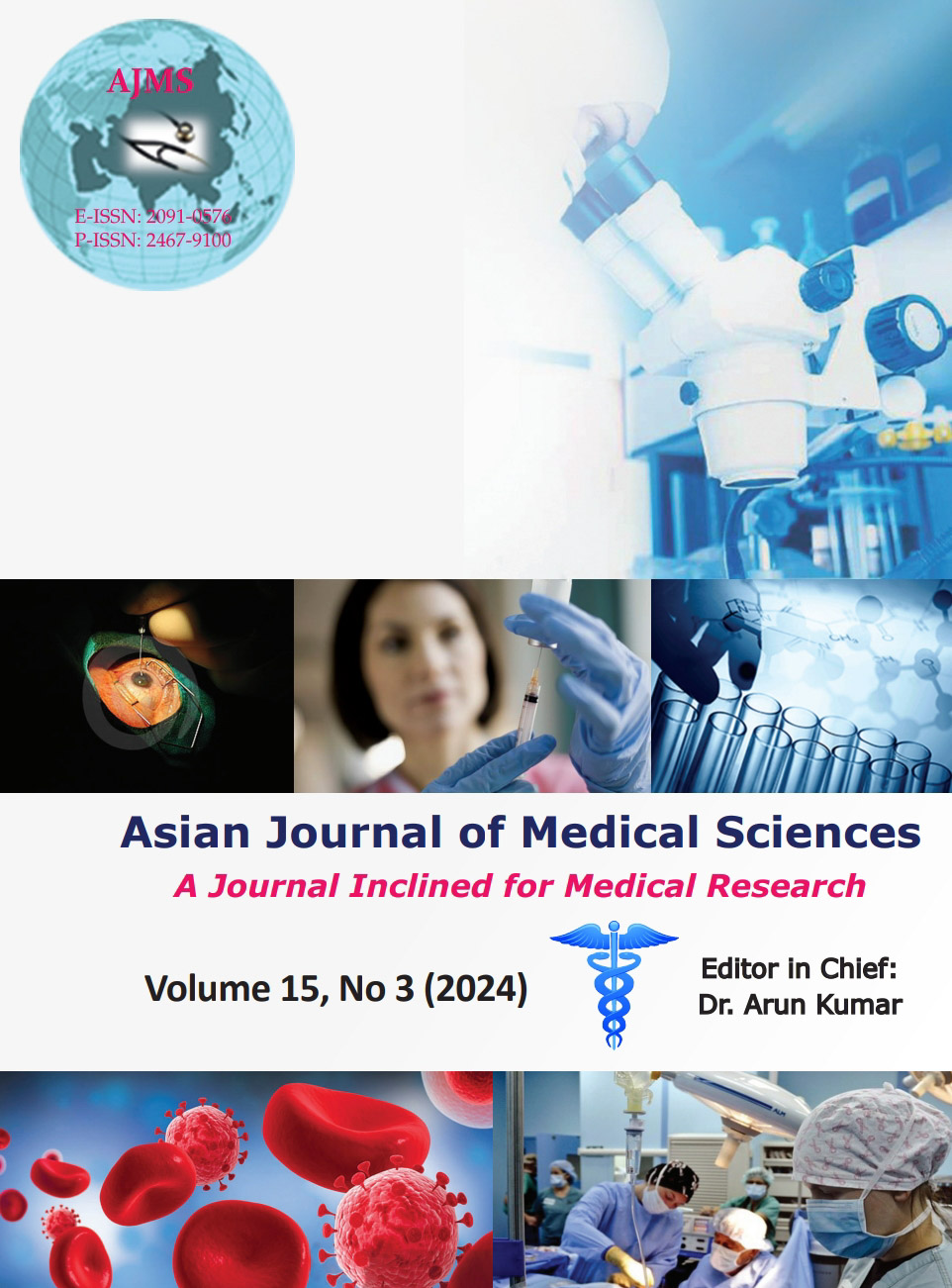Dimensional advantage: How 3D organoids are re-shaping the oncology research
Keywords:
Cancer; 2D and 3D culture; Organoids; Cell-cell communications; Cell SignalingAbstract
Traditional in-vitro 2D cell culture-based models have limitations in cancer research, as they do not accurately reflect the complex 3D architecture and interactions we find in tumors. Cell-cell communications are vital for cancer growth and proliferation. Cancer cells communicate with each other and surrounding cells through various pathways, sending signals that promote their growth, survival, and proliferation through autocrine, paracrine, and endocrine. Fundamentally, this communication forms the basis of cancer survival. This can involve growth factors, cytokines, and other molecules that activate essential signaling pathways for tumor growth. Cancer cells need constant blood and nutrients to sustain such massive growth. This is again achieved by communication with endothelial cells to stimulate the formation of new blood vessels to sustain their energy and metabolic needs. The conventional 2D and 3D cultures play a role in oncology research, but each has its strengths and weaknesses when it comes to studying cancer. While 2D culture systems are simple, easier, and inexpensive to set up and maintain, 3D cultures are more realistic representations of actual tumors due to their 3D structure and cell-cell interactions. They can capture the genetic and functional heterogeneity of patient-derived tumors, thereby allowing for modeling the tumor microenvironment with various cell types and signaling and immune molecules. 2D culture fails to accurately reflect the complex 3D architecture and interactions of cells as seen in vivo due to their limited ability to model cell-cell interactions and the tumor microenvironment. 3D culture-derived organoids behave like miniature, simplified organs in vitro, which can be used for drug testing, disease modeling, and regenerative medicine applications. By creating conditions mimicking embryonic development, 3D culture can be used to study organogenesis and tissue morphogenesis.3D culture models can also be used to study the interaction between pathogens and host cells, providing a more accurate representation of in vivo conditions than traditional 2D cultures.
Therefore, the use of 3D culture is multidimensional and spans multiple avenues, contributing to our advancements in understanding biology, disease mechanisms, oncology research, and the development of novel therapeutic strategies.
Downloads
Downloads
Published
How to Cite
Issue
Section
License
Copyright (c) 2024 Asian Journal of Medical Sciences

This work is licensed under a Creative Commons Attribution-NonCommercial 4.0 International License.
Authors who publish with this journal agree to the following terms:
- The journal holds copyright and publishes the work under a Creative Commons CC-BY-NC license that permits use, distribution and reprduction in any medium, provided the original work is properly cited and is not used for commercial purposes. The journal should be recognised as the original publisher of this work.
- Authors are able to enter into separate, additional contractual arrangements for the non-exclusive distribution of the journal's published version of the work (e.g., post it to an institutional repository or publish it in a book), with an acknowledgement of its initial publication in this journal.
- Authors are permitted and encouraged to post their work online (e.g., in institutional repositories or on their website) prior to and during the submission process, as it can lead to productive exchanges, as well as earlier and greater citation of published work (See The Effect of Open Access).




